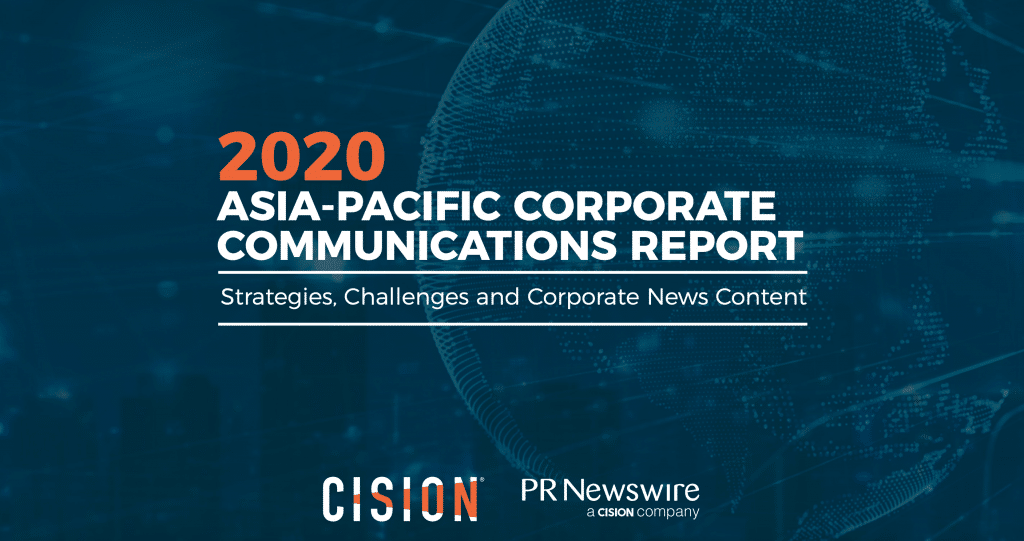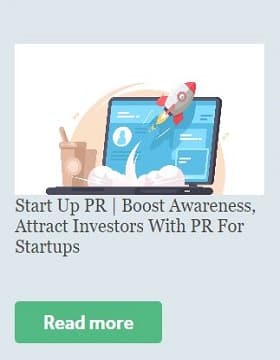
Hin Leong, corporate fraud and the problem with unsustainable growth

Content the biggest communications challenge for APAC businesses
Will virtual press conferences become the new normal for PR?
9 July 2020

One of the questions people have been asking themselves over the past few months is whether life will ever be the same again. In some cases, though, the question has a slight variation, with people asking: “Does life even need to be the same again?”
This could well be the case for the PR industry. Forced by COVID-19 lockdowns and physical distancing restrictions, the simplest solution has been to take everything online. Nowhere is this more apparent than in one of the stalwarts of PR: the press conference. Traditionally a face-to-face communications space, it was automatically curtailed by social and physical restrictions. Since then, the press conference was forced to adapt to a new virtual environment, which has resulted in some unexpected new benefits.
Logistical benefits
The most obvious benefits of the virtual press conference are logistical. Coordinating and managing a group of spokespeople and journalists on a single online platform is much more straightforward than in a physical venue and can be achieved on a shorter timeline. Going virtual also opens up participation to speakers and attendees from practically anywhere in the world, with reduced disruptions to their working day. At the same time, there are numerous cost savings for the client on areas such as travel, venue hire, catering and media support.
These benefits should not be underestimated. Here at Sandpiper, we have seen attendance at virtual events to be much higher than at a regular press conference. Even scheduling a virtual event for 9am on a Monday morning presents few problems for attendance, as journalists no longer needed to tackle the morning commute.
Another unexpected positive we have observed has been the greater levels of in-conference participation, with more questions being asked (or typed) than at a regular press conference – indication perhaps of how the virtual environment can benefit more reserved members of the media.
Creative opportunities
An advantage of the virtual conference is the ability to be more creative with the medium. This not only refers to regular creative inputs such as corporate branding and multi-media support, but also in terms of how to get more value from the conference during and after the event. A virtual press conference automatically becomes another useful piece of brand content that can be promoted, dissected and shared on digital channels, which ultimately will increase the event’s ROI.
For example – depending on which format and platform you choose to use – creating live polls, downloadable content and even break-out discussion groups can be managed better online. Similarly recording and saving the conference for post-event on-demand access is more straightforward and accessible than recording an offline event, while highlight packages and other short-form snippets are good for social sharing.
Online drawbacks
Of course, virtual events are not without drawbacks. The press conference is not just a medium for one-way communications; it is also an important networking opportunity for client, agency and media. And while online networking is not impossible (and indeed even advantageous for the less extrovert), it lacks the impact of face-to-face activities. Personal connections and relationship building are still crucial to PR, and it more difficult to achieve this through a computer screen.
Depending on the size of the event, managing a virtual press conference can also very quickly start resembling the herding of sheep. Organisers may find themselves overwhelmed when attempting to coordinate large numbers of people, some of who may be struggling with technical issues. It only takes one or two attendees failing to mute their audio to create interruptions and distractions for both presenters and journalists.
That said, as virtual meeting tools get more sophisticated (fast-tracked no doubt by COVID-19 conditions), we will start to see the benefits outweigh the drawbacks. On the most basic considerations – budget and reach – going virtual is unquestionably a winner. Whether or not it becomes the ‘new normal’ for PR remains to be seen, but as a fast and effective alternative to offline press conferences, it may be hard for clients to resist.
You may also like:




